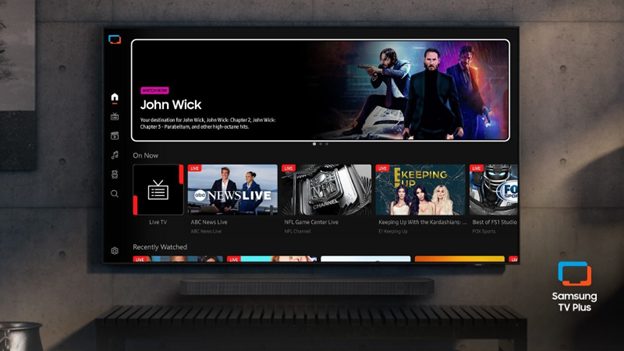Not your father's SNG coverage
The war in Iraq is changing the way journalists broadcast from the field.
SWE-DISH IPT system
Equipment that would have taken dozens of cases of TV, and RF uplink gear a few years ago, now fit into a few cases thanks to advances in compression, computer, and digital technology. With digital transmit techniques now in widespread use, signal to noise ratios can be much lower and transmit power and dish size can be smaller also. This is allowing Hummers and SUVs to be impromptu uplink vehicles. With the baseband video element of these newest systems essentially comprised of just a PC with a video expansion card and wrapped into a system via software all that is needed additionally is a camera, mic, and a talking head. Additional production capability can be added by loading “desktop” editing software onto the PC.
Not only are these systems being used for live (or edited) video streamed traditionally, but through much narrower paths such as satellite phones or internet connections news packages are being sent as email attachments or as FTP transfers. Connectivity has become sophisticated enough that many on the front lines will still have access to company email servers.
Because crew members on the battlefield must wear a 10 lb flack jacket, a five pound helmet and all they water they can carry, lite gear is a must. A number of manufacturers have developed uplink systems that can be carried into the war. A number of the networks have also developed their own proprietary systems that they guard as competitive secrets.
Norsat Newlink: The latest generation of "flight-case" uplinks can get very close to the front lines.
Systems that use Internet Protocol (IP) to relay audio/video along with email, and Internet connectivity weigh in at under 100 lbs. The SWE-DISH IPT (Internet Protocol Terminal) weighs approximately 70 lbs, uses QPSK modulation in the KU Band and can handle data rates of 64 Kbps to 2 Mbps. Encoding is either MPEG 1, 2 or 4 and power consumption is approximately 500W. The system will automatically acquire the required satellite through a motorized dish that is 2/3rds of a meter in size. Plus the system can be up on the bird in a matter of minutes; all this in a single case small enough to be considered carry-on airline baggage. The user will either need an IP satellite receiver at the other end, or more likely Internet connectivity either through a satellite port or the services of a satellite ISP (see following story).
The professional video industry's #1 source for news, trends and product and tech information. Sign up below.
Other systems, such as the Vidlink system from Beehive Systems offers real-time IP transfer of video at rates as low as 1 Mbps using MPEG 1 or 1.5 Mbps using MPEG 2, but also offer a high bit rate store and forward approach. In the store and forward mode video is captured at rates up to 15 Mbps and FTP'ed to a remote server at rates determined by the bandwidth of the path.
More traditional digital SNG (DSNG) systems weigh more and take up more space, but allow higher guaranteed video quality at real-time rates. The Norsat Newslink consists of three cases that combined weigh just under 200 lbs. But bit rates from 2 to 6 Mbps are available and power consumption is under 500W. RF power out is 15W standard, 25 W optional, and fed to a 1 m diamond carbon fiber segmented dish that provides an EIRP of 52.5 dBW (55 dBW with 25W RF option). Software on the system’s PC also provides monitoring by implementing a spectrum monitor function.
For more information visit www.norsat.com and www.swe-dish.se.
